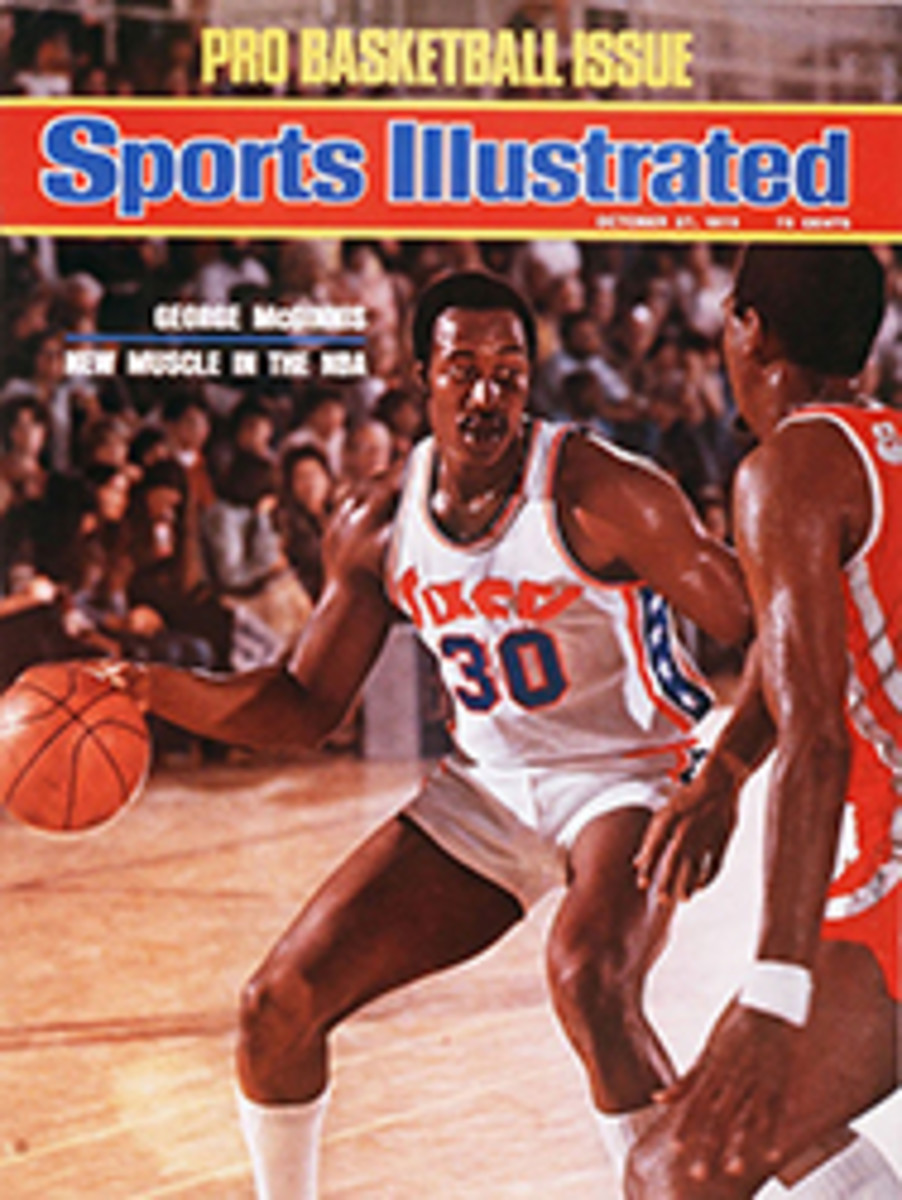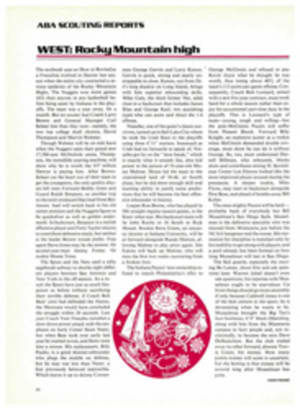
HOLLYWOOD PAINTED SHARKS ONE WAY AND JOHN SINGLETON COPLEY ANOTHER
Nearly 200 years before Jaws, John Singleton Copley created a sensation with his painting Watson and the Shark. No artist before him had dared to depict a recent event with such you-are-there intensity.
A native American, Copley (1738-1815) was the most sought-after portrait painter in the Colonies, but Colonial America cared little for what he considered the highest form of art, the kind of grand historical scene that expatriate Artist Benjamin West was successfully producing in London. In his letters West kept urging Copley to forsake provincial Boston for London, which would surely appreciate the full measure of his talent. In 1774 Copley did.
There he met Brook Watson, a British merchant and politician who hobbled around on a wooden leg. Thereby hung a tale that stirred Copley's imagination. The artist was enthralled as Watson recounted the loss of his right leg—and almost his life—to a shark.
The incident occurred in 1749. Then a lad of 14, Watson was swimming in Havana Harbor when a shark attacked, stripping flesh from Watson's leg as a group of seamen in a nearby boat watched. The shark circled and struck again, this time biting off his foot. Two of the sailors tried to rescue Watson as the fish was making its third charge. Another managed to drive away the shark with a boathook.
Copley accepted the merchant's commission to re-create on canvas his brush with death. The artist had never visited Cuba, so he patterned his backdrop of Havana on an engraving done by another artist. His chalk studies of the figures involved show that he worked on facial expression and body movement. In his finished painting, he pictured the moment when Watson's life hung in the balance. Only touches of pink in the gray sky and the muted turquoise of the sea relieve a stark neutral color scheme. He organized the composition with effective simplicity. Watson's long, flowing hair emphasizes his helplessness, his closeness to death. The powerful thrust of the boathook and the shark's gaping jaws produce a dynamic effect. Theatrical light falls on the figures of Watson, his rescuers in their craft and the shark.
In the Royal Academy exhibition of 1778, Watson and the Shark triumphed. The Morning Chronicle called it "one of the most striking pictures in the Great Room." St. James's Chronicle hailed Copley as "a Genius, who bids fair to rival the Great Masters of the Ancient Italian Schools." The authenticity of the shark became the subject of debate. In truth, it was a composite of several species. Art historians believe Copley may have modeled the jaws after a set preserved in a museum.
Watson's ordeal so intrigued the artist that he duplicated the picture for himself. Now in the permanent collection of the Boston Museum of Fine Arts, Copley's own version is the nucleus of a special exhibition continuing through Oct. 31. In this compelling scene, the expatriate American anticipated the Romantic Movement in painting that culminated with the works of Turner.
PHOTO
THE COPLEY CANVAS IS BASED ON FACT; "JAWS" IS PURE FICTION

